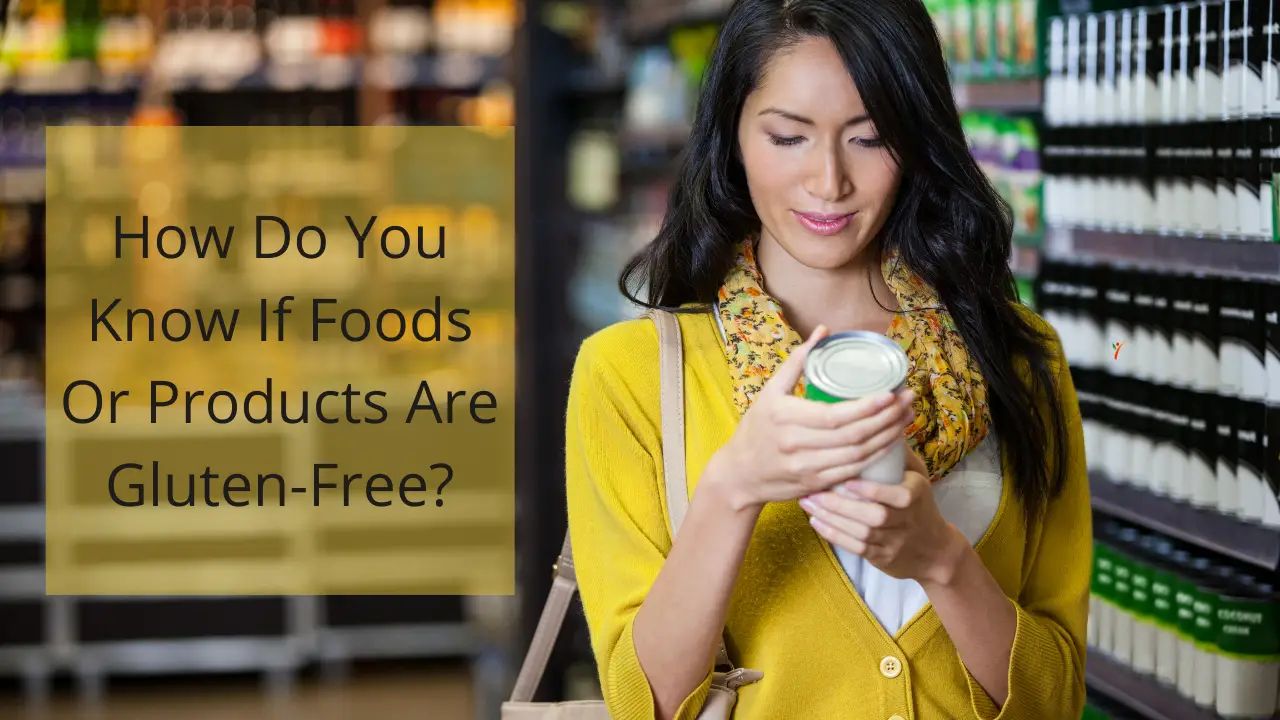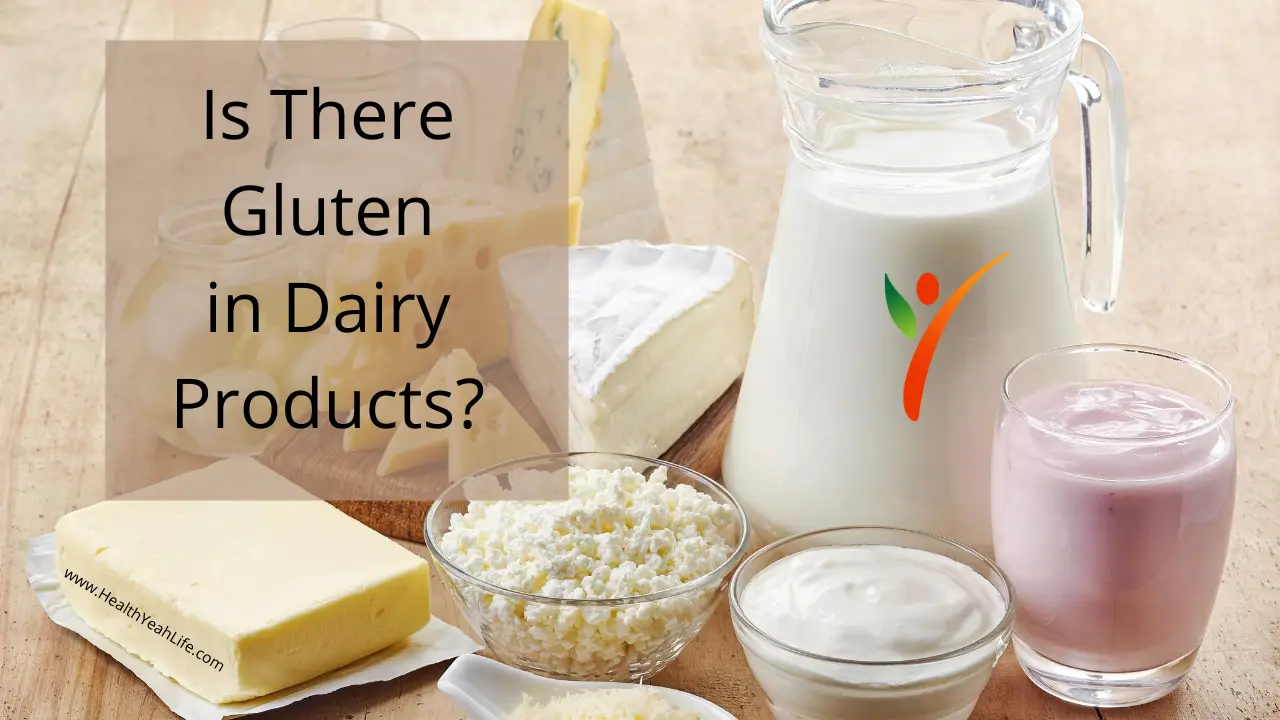Gluten, what is it? And more importantly, for those who eat a gluten-free diet, how do you know the products you are eating are gluten-free? In this article, we are also breaking down whether Gluten is Friend or Foe? But, before getting into that discussion, let's understand the term gluten a little better.
Most people are well aware of the term considering the gluten-free diet craze these days. But for the sake of understanding, gluten comes under a protein found in grains like wheat, oat, and barley. Considering it is protein but not a mandatory protein for one's body.

One of the interesting things about gluten is that grains like wheat, oat, barley, and triticale are harmful to few people. Whereas gluten found in corn, rice, and quinoa aren't harmful grains.
The gluten-diet is being discussed at this length because of the grains that will play an important role in one's diet. Removal of these grains means eliminating major fiber as well as vitamins from the diet. One needs to compensate for these fibers with other gluten-free products.
This may feel like a steep learning curve, so you may feel the need to consult with a doctor. If you're determined to discontinue eating gluten, you are prepared to increase the observation skills and strictness towards the diet, and, above all, your new friends will be fruits and vegetables.
Why Is It Important To Learn About Identifying Gluten-Free Food?
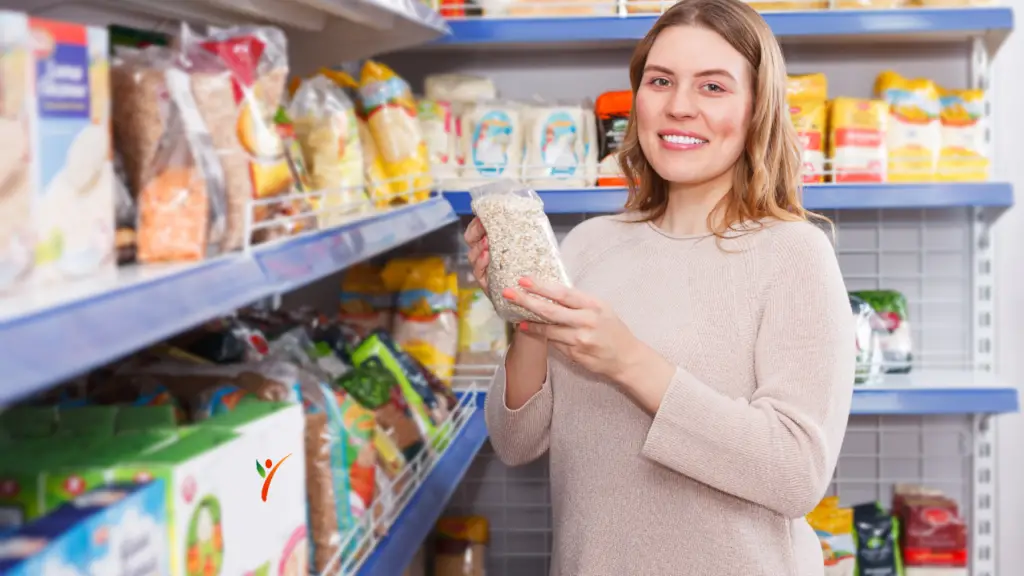
Two people choose to go gluten-free, one who follows the trend and the other whose body doesn't tolerate gluten in any form. One cannot quit gluten ingredients until they know how to figure out if a food item has gluten. It is vital for patients sensitive to gluten to identify gluten products to prevent the below medical issues of gluten consumption:
Celiac Disease:
When you have this disease, consuming gluten destroys the lining of the small intestine. If not taken care of, this disease can have fatal consequences. This damage to the intestine doesn't allow the absorption of nutrients. And it is an autoimmune disease.
Gluten Intolerance:
In this case, people suffer from a few symptoms connected with celiac disease like fogginess and bloating, but their intestines don't get damaged. Research is continuing to understand gluten-sensitivity.
Gluten Ataxia:
Another autoimmune disease, but rather than affecting the intestine, affects the nerve tissues.
Wheat allergy:
In this disease, one's body detects wheat as a disease-causing agent. And on wheat consumption, your body reacts to it as it reacts to some bacteria. The only way to protect the body is to cut off wheat from the diet.
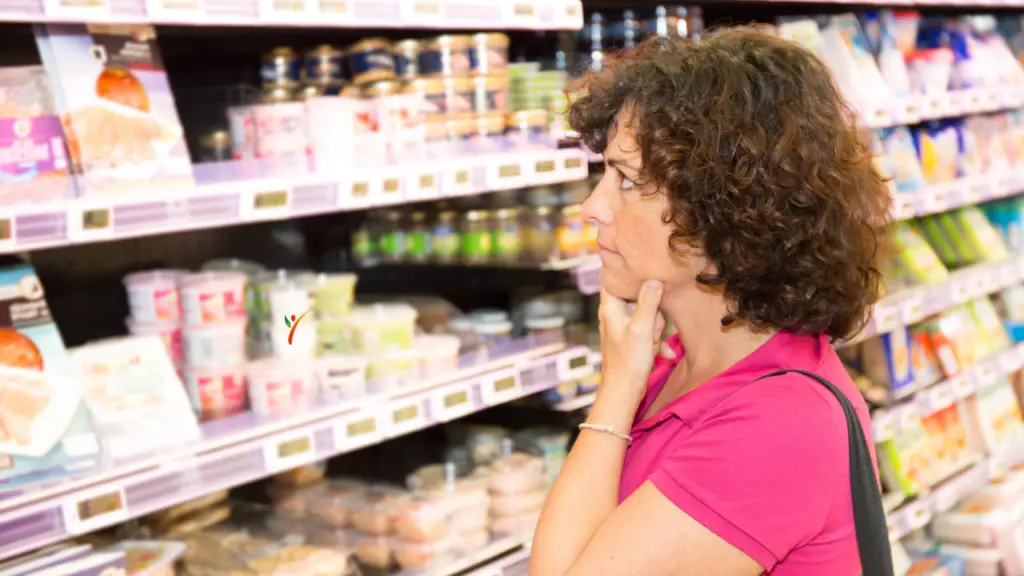
How To Identify Gluten-Free Products?
Let's address the main question; how to identify gluten-free food.
Packaged Food:
As per FDA guidelines, food manufacturers need to list every ingredient that the product contains. Not all gluten-free food is labeled with a gluten-free label.
This is because it is voluntary for manufacturers to do so. It can also make it difficult for someone new to eat a gluten-free diet to know which foods to purchase. Therefore, the best way to ensure that you're purchasing gluten-free products is by reading the label.
The manufacturers selling gluten-free packaged foods want their customers to know they are buying products free from gluten, so they include the gluten-free label on their packaging.
Naturally Gluten-Free Food Items:
If you are more interested in preparing gluten-free dishes in the comfort of your kitchen, then there are some obvious, naturally occurring products that are gluten-free.

One can choose to print out the list below. These food items mentioned below are high in fiber and vitamins and are gluten-free too.
Many naturally gluten-free foods are a part of a healthy diet:
- Low-Fat Dairy Products (unless there are added gluten-containing products to them)
- Meat, Fish, As Well As Poultry (In Their Unprocessed Raw Form)
- Beans
- Nuts In Their Natural Form
- Eggs
- Seeds And Legumes
- Fruits And Vegetables
Grains, starches, or flours which one can consume on a gluten-free diet:
Grains Not Allowed (Strictly Prohibited)

One of the best approaches to knowing if a food/product is gluten-free is identifying the gluten items in them.
It is a much simpler process because there are certain gluten-containing grains that we consume almost daily.
Someone who is strictly on a gluten-free diet should not consume the below-mentioned food items at any cost.
- Wheat
- Barley
- Rye
- Triticale
- Wheat Starch
- Bulgur
- Couscous
- Seitan
- Wheat Or Barley Grass
- Malt
- Wheat Germ Oil Or Extract
- Wheat Flour/Bread Flour
- Hydrolyzed Wheat Protein
- Bleached Flour
Apart from these, you may wish to avoid oats as they can easily be cross-contaminated with gluten products. Oats are naturally free, but they go through processing in the same place where wheat and barley are processed.
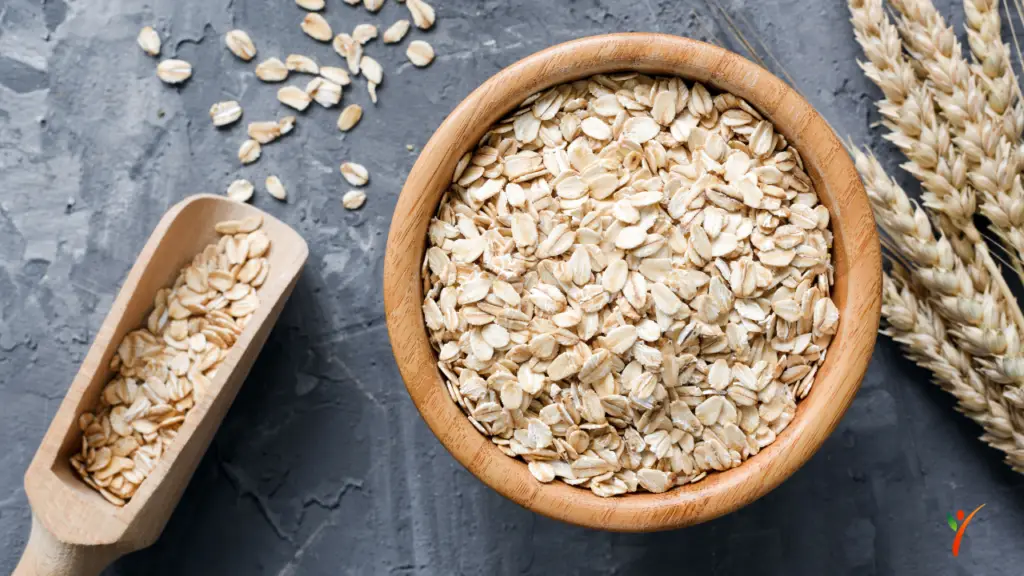
Alternative Wheat Terms To Know
If you are buying a product that you think is gluten-free or wheat-free, check the ingredients below for the sake of verification. If you see any of these on the ingredient label, do not purchase them.
- Kamut
- Spelt
- Emmer
- Durum
- Einkorn
Some products are wheat-free and contain a label as gluten-free, and the food item has the above ingredients that are equally harmful as wheat. The above was a list of wheat grains. The same confusion is caused by wheat flour too.
Wheat flours receive different tags as per their processing. This processing has certain ingredients that make the flour gluten-reduced. One such name of processed wheat is Self-rising flour (this is the phosphate flour).
These flours and grains might look gluten-free initially, but the ingredients in them will make it clear. Apart from the ingredients, sometimes a food item, although gluten-free, gets contaminated. It is the main downfall of a gluten-free diet that one cannot be sure about.
Natural fruits and vegetables are gluten-free, but canned or frozen foods may have added flavors and preservatives that have gluten in them.
Ingredients That May Contain Gluten
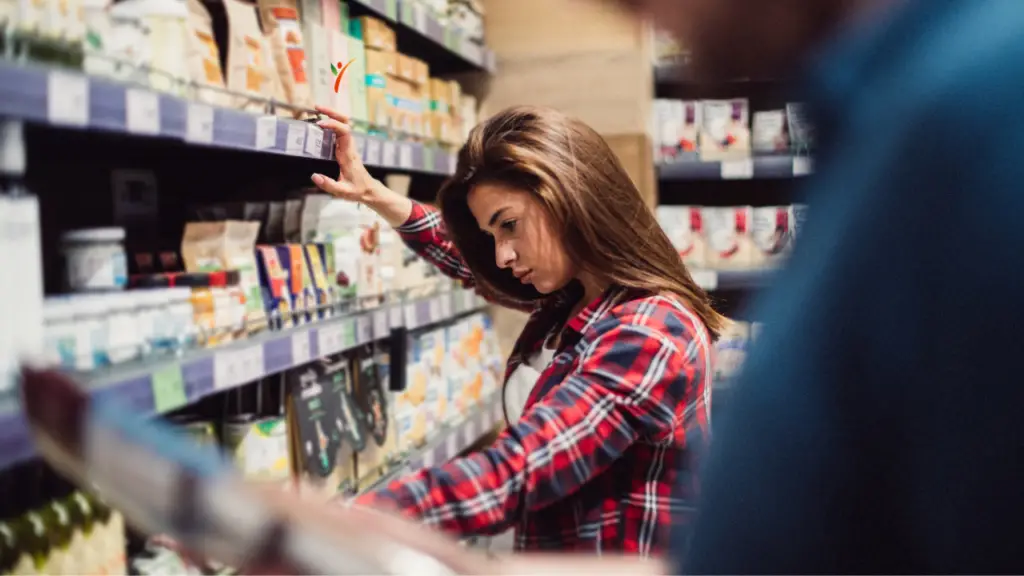
The ingredients below are potential gluten products and should be avoided, especially by those who have celiac disease.
One should be aware that it's not just the main ingredients but also some of the other ingredients with gluten and can easily contaminate non-gluten products. Some examples are:
- Hydrolyzed Vegetable Protein: You Can Derive These From Wheat Or Soy
- Modified Starch: These Can Come From Different Wheat Grains
- Natural Flavor: Often Culprit: Barley
- Artificial Flavor: Often, The Culprit Is Barley
- Caramel Color: It Is Said To Be Gluten-Free, But The Recommendation Would Be To Cross-Check With The Manufacturer.
- Modified Food Starch
- Vegetable Starch: These May Have Some Wheat Fillers
- Hydrolyzed Plant As Well As Vegetable Proteins: These Often Receive A Label As HVP And HPP.
- Seasonings From Wheat Fillers.
- Malt Dextrin: Sometimes Derived From Wheat.
Items To Avoid
Chucking out some of the dishes you may be accustomed to eating can be an intelligent approach to adopting a gluten-free lifestyle. Below are some fan-favorite food items that one should eliminate from their diet when eating a gluten-free diet.
- Bulgur Wheat
- Cereals
- Sauces
- Self-Basting Poultry
- Hot Dogs
- Vegetables In Sauce
- Seasoned Rice Mixes
- Salad Dressings
- Cakes As Well As Pies
- Bread
- Communion Wafers
- French Fries
- Malt
- Pasta
- Processed Lunchmeats
- Soups, Bouillon, Or Soup Mixes
Gluten-Free Certification
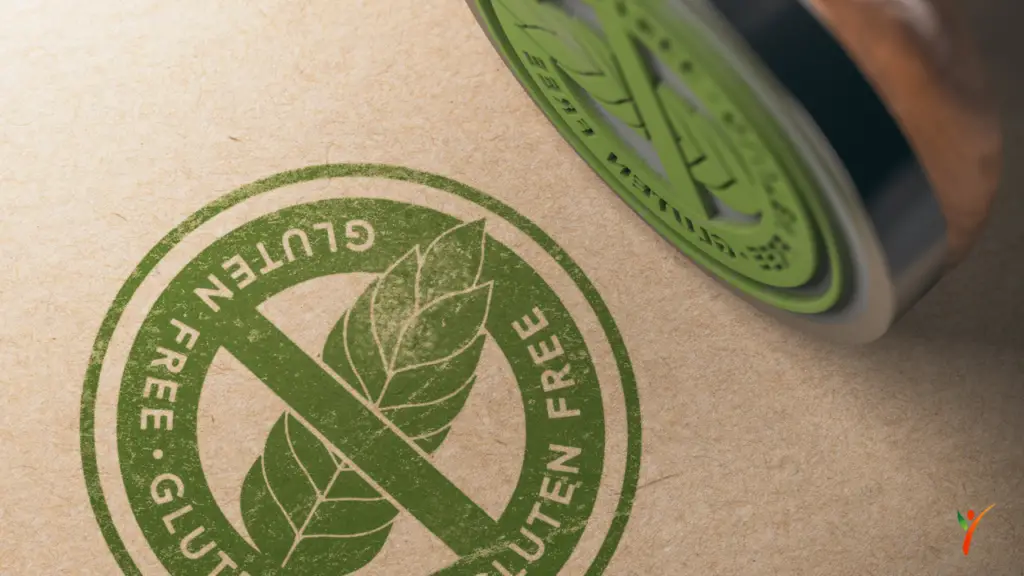
The fact that a gluten-free product may get cross-contaminated with gluten is real. If you have celiac disease or have gluten sensitivity, be careful with the food items you choose.
A few years back, the FDA created a rule saying that a product cannot contain 20 parts per million (ppm) of gluten or more to be considered a gluten-free product. And then the ppm amount is so minimal it won't make a difference to the product whatsoever. Other countries like New Zealand and Australia embrace less than five ppm as the standard for a food item to be declared gluten-free.
One should be aware that the rules mentioned above are confined to only processed food. The above rule doesn't apply to meat or poultry, fish, and even distilled spirits, alcohol, and wine.
Some organizations provide certifications and acceptable gluten-levels. Some provide a minimum of 10 ppm, 15 ppm, as other gluten levels.
Eating Gluten-Free At Home And In Restaurants

If someone in the family suffers from gluten-sensitivity, it may mean you need to clean your kitchen and make it gluten-free. One has to be extra careful with cross-contamination. These are tips that can help you prevent consuming gluten products.
- Have different cabinets for gluten-free as well as gluten products. It will help in times when you're running late.
- Be extremely careful with the cooking platforms and keep them clean before cooking and cooking, especially when the non-gluten items are cooked.
- You must be extra clean with the cooking equipment, as this is where the saga of cross-contamination begins.
- Toast your breakfast bread in the oven and gluten-free bread in the toaster. Or get a separate toaster. Even small particles of gluten can contaminate what you are eating.
- When you plan a dinner or lunch, browse the restaurant's menu for gluten-free dishes. It's better to be prepared for what you will have to choose from.
Summarizing The Process Of Identifying Gluten-Free Food/Products
One of the most straightforward answers is to look up products labeled as gluten-free or no-gluten. And then you have your answer. If the food manufacturer followed their country's gluten-free rule, they could label them as certified gluten-free.
If we look at the FDA policy, they obligate companies producing a wheat product to mention the words “contain wheat” on the product. This statement is often found at the end of the list of ingredients and states whether it has wheat or not, which will clarify that it isn't for gluten-free dieters.
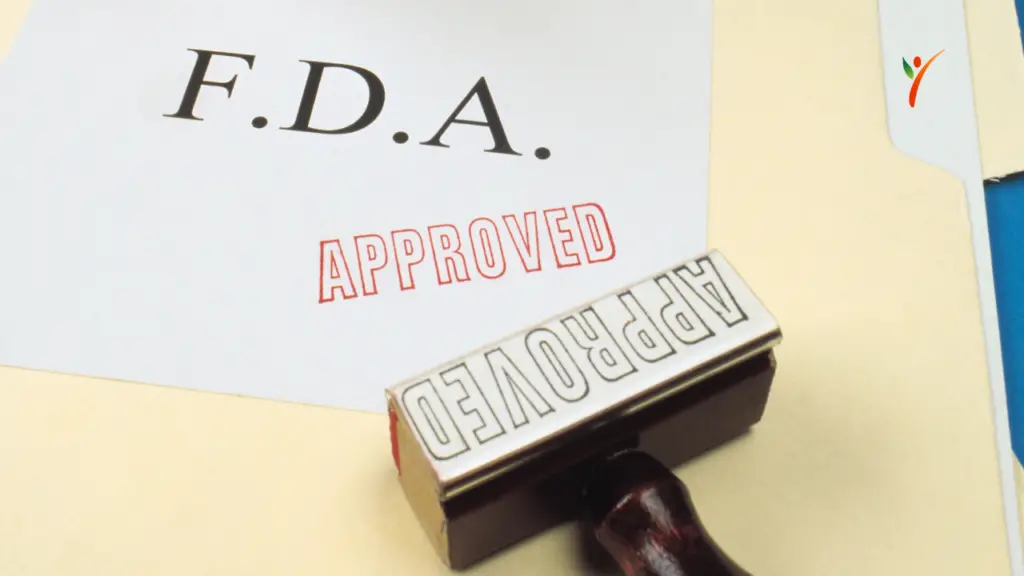
But the above FDA rule confines itself to wheat only. Other grain that has gluten like oats and barley, the allergen statement doesn't mention them. It means if a food product does not have wheat, one still has to look at other ingredients and make sure none of the gluten-grain is present.
If you don't see the terms mentioned above, you can safely buy them. The only issue is there might not be any gluten ingredient, but it may contain gluten due to cross-contamination.
If you look at the product and see a gluten-free label, you can be sure it is gluten-free. You must always be mindful when purchasing any processed foods to check the ingredients and look for this symbol.
It means that the manufacturer applied as well as received the status of a gluten-free product. The test varies at every organization and laboratory, but they are by far the safest sign for gluten-free.

Final Thoughts
This article will help you segregate between gluten-free products as well as non-gluten-free products. It may feel overwhelming at first, but once you start learning the ingredients, it will come very easy.

